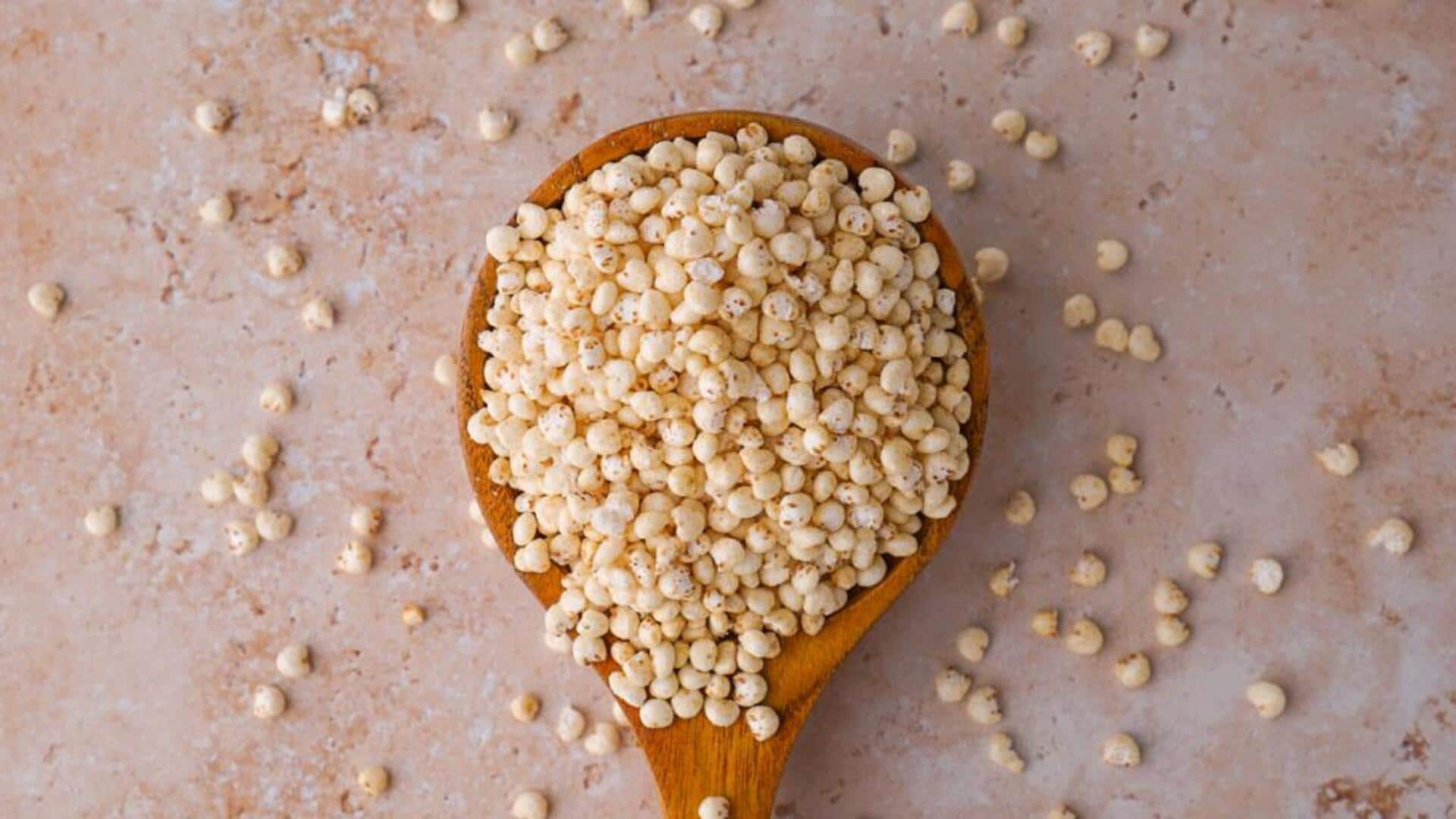
Millet v/s sorghum: Comparing their nutrition
What's the story
Millet and sorghum are ancient grains that have been grown for thousands of years. Both grains are not only resilient to harsh climates but also highly nutritious. As more people turn toward healthier dietary options, knowing the nutritional differences between millet and sorghum is imperative. This article discusses various aspects of these grains, including their nutritional content, health benefits, culinary uses, and environmental impact.
Nutrients
Nutritional content analysis
Millet is rich in magnesium, phosphorus, and iron. It also has a good amount of protein and dietary fiber. Sorghum provides similar nutrients but is distinguished by its higher antioxidant levels due to compounds such as tannins. Both grains are gluten-free, making them apt for those with gluten intolerance or celiac disease.
Health impact
Health benefits explored
Millet is known to support heart health as magnesium, a mineral found in it, regulates blood pressure. Its fiber also aids digestion and may help in managing cholesterol levels. Sorghum's antioxidants help reduce inflammation and oxidative stress in the body. Both the grains can be included in a balanced diet which promotes overall well-being.
Cooking methods
Culinary uses around the world
Millet can be prepared as porridge, used in salads, or baked goods. It has a mild taste that complements other flavors. Sorghum is equally versatile; it can be popped like popcorn or ground into flour for baking. Its mildly sweet flavor works well with savory as well as dessert dishes.
Sustainability
Environmental impact considerations
Both millet and sorghum are drought-resistant crops that require less water than other cereals such as rice or wheat. This makes them sustainable options in areas that are grappling with water scarcity problems. Their ability to thrive in poor soil conditions also makes them more environmentally friendly food sources.